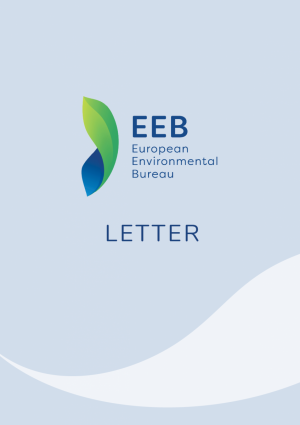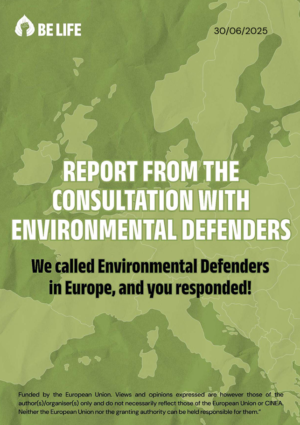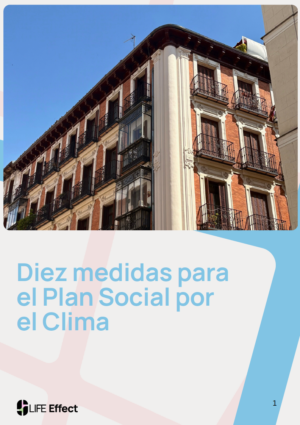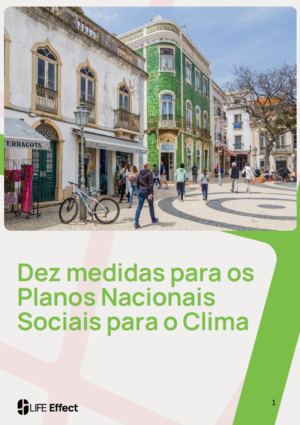
Towards a toxic-free environment
EEB main priorities for the EU Chemicals Strategy for sustainability
We are experiencing a human catastrophe; of lives lost, widespread sickness, unprecedented social hardships, and job after job being lost. The impact on poorer countries with weak health systems and a high number of people working in the informal sector without any social protections cannot even be foreseen at this stage.
With leaders starting to think beyond the crisis, it is time to decide what we value the most, and to share a vision for a better future. The current crisis has underlined the importance of human health to us all, and the European Green Deal has the potential to put wellbeing at the heart of EU policies.
Pollution from synthetic chemicals is a major and growing threat to people and nature. Today, chemical pollution has already reached the most remote corners of the globe, from the deepest oceans to the highest mountains. Industrial chemicals have permeated our bodies to the point that researchers describe babies born today as “pre-polluted”. As adults, we all harbour some 300 synthetic substances our grandparents did not, of which many are proven to be toxic. Chemical pollution is linked to a rise in severe health and environmental problems throughout Europe that are adding billions of Euros to public healthcare bills. Exposure to toxic chemicals also increases our vulnerability to pandemics such as the COVID-19.
As announced in the European Green Deal and in the context of its zero-pollution ambition for a toxic-free environment, the European Commission will soon present a Chemicals Strategy for Sustainability. The strategy for a toxic-free environment has the potential to become a truly transformative agenda, driving the detoxification and decarbonisation of our economies while creating millions of secure jobs and shifting from toxic and linear resource-intensive production models to safer and more sustainable circular ones that seek zero pollution and zero waste. This will improve the resilience of our economies. If designed well, the Chemicals Strategy for sustainability can also help tackle biodiversity loss and resource over-extraction that have often gone hand-in-hand with poisonous pollution, growing human health risks and the destruction of communities. It could support the resilience of our health and ecosystems and strengthen our communities. The commitment to a zero-pollution future, giving confidence to citizens that the products we use are not dangerous to our children and that the air we breathe, the food we eat and the water we drink are safe, will support the resilience of our governance systems and governments as citizens see that those they have elected have their backs.
For this reason, a strong and ambitious European Green Deal is more important than ever. The EU needs systemic and future-proof Chemicals Strategy for sustainability to effectively protect people and habitats and drastically reduce chemical pollution.
We now need to focus on the essentials for everyone: a toxic-free future that ensures good living and working conditions, clean water and air, a thriving natural world, a safe climate for the next generation, strong and functioning democracies that will continue to protect us in times of need. To achieve this, we need to be ambitious and to make the right decisions at the right time.
Here are the eight priorities of the EEB for a Toxic-Free Future…





